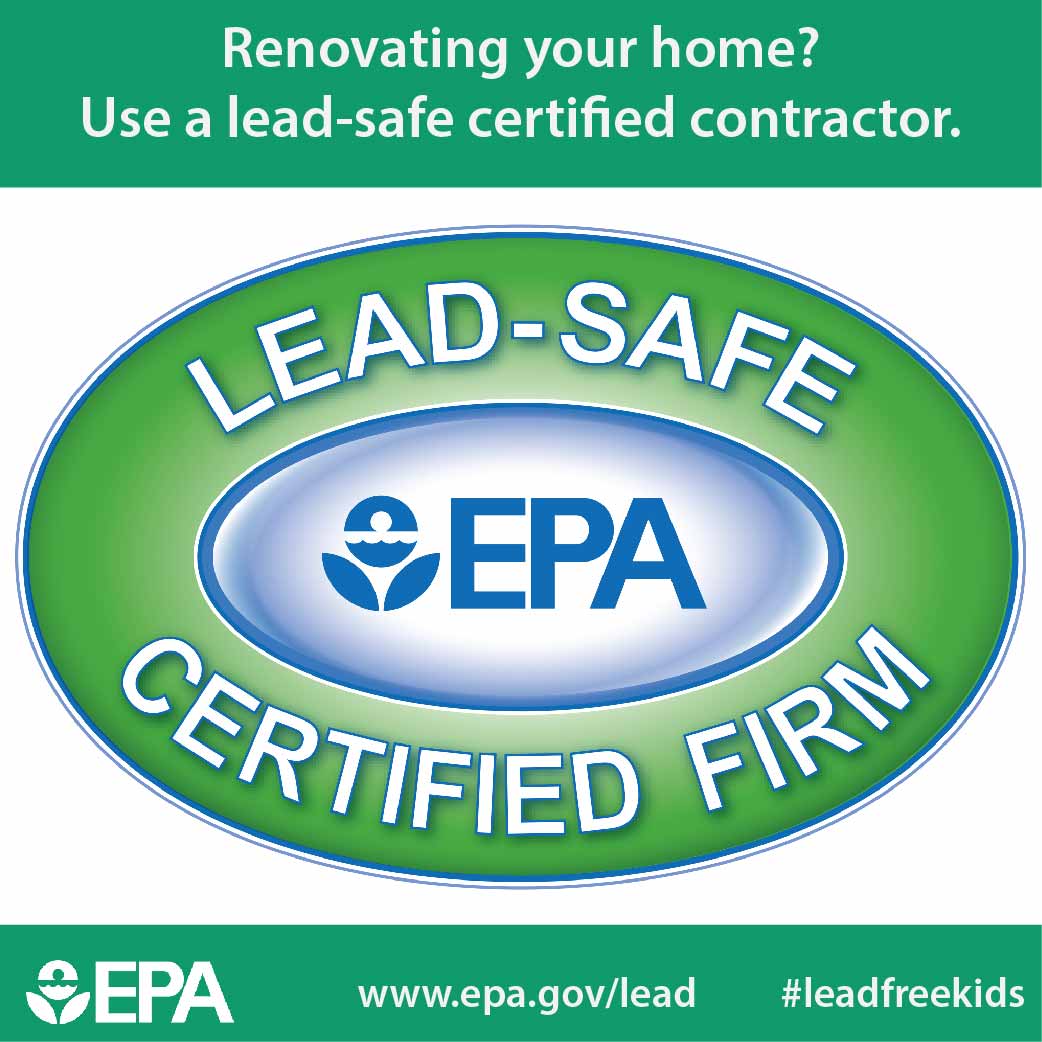Seasonal Factors In Industrial Outside Painting: Secret Insights You Must Understand
Seasonal Factors In Industrial Outside Painting: Secret Insights You Must Understand
Blog Article
Author-Carlson Browne
When you're planning a commercial outside paint job, seasonal aspects can make or break your results. You'll intend to consider just how temperature level and humidity effect paint application and drying times. Choosing extere painting house can ensure your paint sticks appropriately and lasts longer. But which periods are truly the most effective for this type of job? Let's discover the crucial elements that can influence your task's success.
The Effect of Temperature Level on Paint Application
When you're intending an industrial outside painting job, the temperature level can considerably impact just how well the paint sticks and dries.
Preferably, you want to paint when temperatures range between 50 ° F and 85 ° F. If it's too cool, the paint might not cure effectively, resulting in problems like peeling off or fracturing.
On the other side, if it's also warm, the paint can dry out also rapidly, stopping appropriate adhesion and causing an uneven coating.
You need to also consider the time of day; morning or late afternoon supplies cooler temperature levels, which can be more positive.
Always inspect the supplier's recommendations for the certain paint you're using, as they frequently provide assistance on the optimal temperature level range for ideal results.
Humidity and Its Impact on Drying Times
Temperature level isn't the only ecological aspect that affects your business exterior painting project; moisture plays a considerable function as well. exterior house color consultant can decrease drying times dramatically, impacting the overall high quality of your paint job.
When the air is saturated with moisture, the paint takes longer to treat, which can result in problems like poor adhesion and a greater threat of mold growth. If you're painting on a particularly damp day, be planned for extensive wait times in between layers.
It's essential to keep track of local weather conditions and plan accordingly. Ideally, go for humidity levels in between 40% and 70% for optimum drying out.
Keeping painting minneapolis in mind ensures your job remains on track and delivers a long-term surface.
Best Seasons for Commercial Outside Paint Projects
What's the most effective time of year for your business outside painting projects?
Spring and early loss are generally your best options. During these seasons, temperature levels are mild, and humidity levels are usually lower, producing ideal conditions for paint application and drying.
Avoid summer season's intense heat, which can trigger paint to dry also quickly, bring about bad bond and finish. Similarly, wintertime's chilly temperature levels can hinder proper drying and treating, risking the long life of your paint job.
Go for days with temperatures between 50 ° F and 85 ° F for optimal results. Remember to examine the neighborhood weather report for rain, as damp problems can wreck your job.
Preparation around these elements guarantees your painting job runs efficiently and lasts longer.
Verdict
To conclude, intending your business external paint projects around seasonal considerations can make a considerable distinction in the end result. By scheduling job throughout the suitable temperatures and moisture levels, you'll make certain much better adhesion and drying out times. Remember to keep an eye on regional weather forecasts and select the right time of year-- springtime and very early loss are your best options. Taking these actions will certainly aid you achieve a sturdy and professional finish that lasts.
